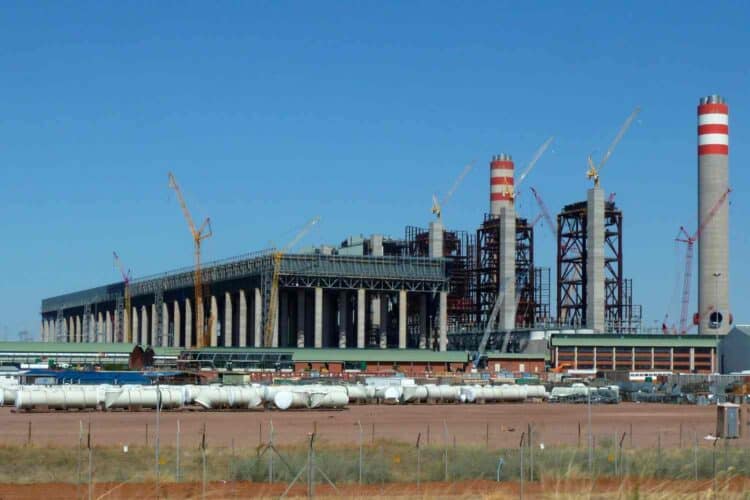Eskom may be forced to remove more than 16 000MW from the power grid, the consequence of which would be a continuous cycle of stage 8 loadshedding.
Why is Eskom warning us about escalated blackouts?
On Monday, the power utility released papers in response to the environment department’s dismissal of its application to pollute above legal limits at Matimba and Medupi power stations.
Since 2019, the power utility has been at odds with National Air Quality Officer Thuli Khumalo over its excessive sulphur dioxide emissions, a toxic gas responsible for the smell of burnt matches.
As reported by Business Insider, Medupi already emits eight times above the legal limit of sulphur dioxide per normal cubic metre of gas (500mg/Nm3) allowed, and Eskom has candidly stated that the power station will never be able to comply with the sulphur dioxide limits.
Now, the national power supplier has until the end of January 2022 to deliver an actionable plan to reduce its sulphur dioxide emissions which, at this stage, could claim an estimated 900 lives per year.
From what we understand, Eskom is appealing the decision, despite the fact that in October 2021, the power supplier was named the biggest sulphur dioxide polluter on the planet.
What happens at stage 8 loadshedding?
Eskom Environmental Manager Deidre Herbst told eNCA on Wednesday morning that complying with the National Air Quality Officer’s decision means that more than 16 000MW would have to be removed from the power grid, “which would result in stage 8 loadshedding continuously.”
“We have appealed the decision and we have asked for a mediation. We hope to engage with the DMRE, the DPE, the Department of Environment, and find a balanced solution which improves and reduces the impact on health but also addresses the financial burden that this will create and ensures that we can a just energy transition,” Herbst said.
Stage 8 loadshedding is the highest level of rotational blackouts Eskom uses to replenish energy reserves and prevent the collapse of the country’s electricity system.
At this stage, up to 8 000MW of capacity needs to be shed at least 12 times a day over a four-day period. While, in lesser stages, rotational blackouts last for an average of two hours, stage 8 loadshedding runs on four-hour outages.






